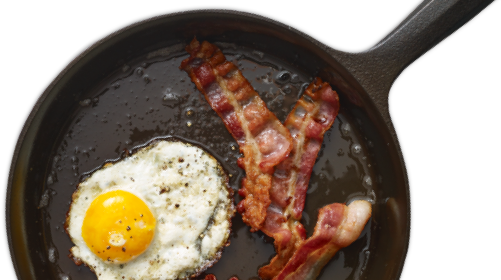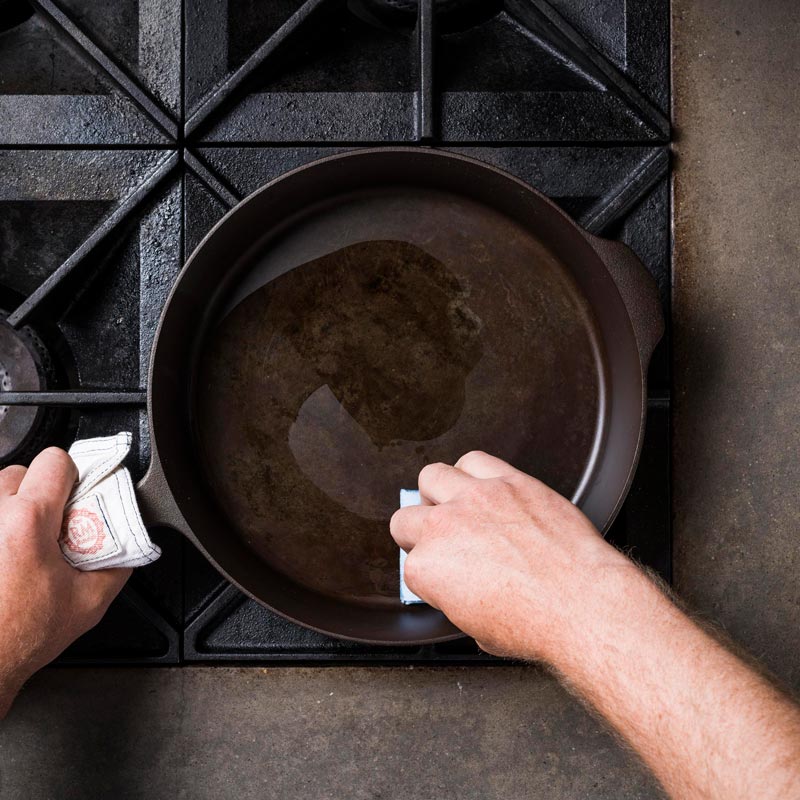The other night, we had friends over for dinner and I needed something low-effort, high-impact, and easy to build a meal around. Enter: salmon + olive oil + whatever’s hanging out in the fridge or garden. This is the kind of main that looks and tastes like you planned something elaborate, but really, it’s just a big skillet of fish slowly poaching in hot oil with a bunch of aromatics. Think: marinated olives but dinner.
This is a non-recipe recipe. You can do it on the grill, on the stove, or in the oven or whatever heat source you’ve got. The method is flexible, forgiving, and endlessly riffable based on what you have on hand.
The key is this:
Get your skillet hot, add the salmon skin-side down, then pour in a ridiculous amount of olive oil and let it do its thing.
Serve it straight from the skillet with crusty bread, a simple salad, and something chilled to drink.





